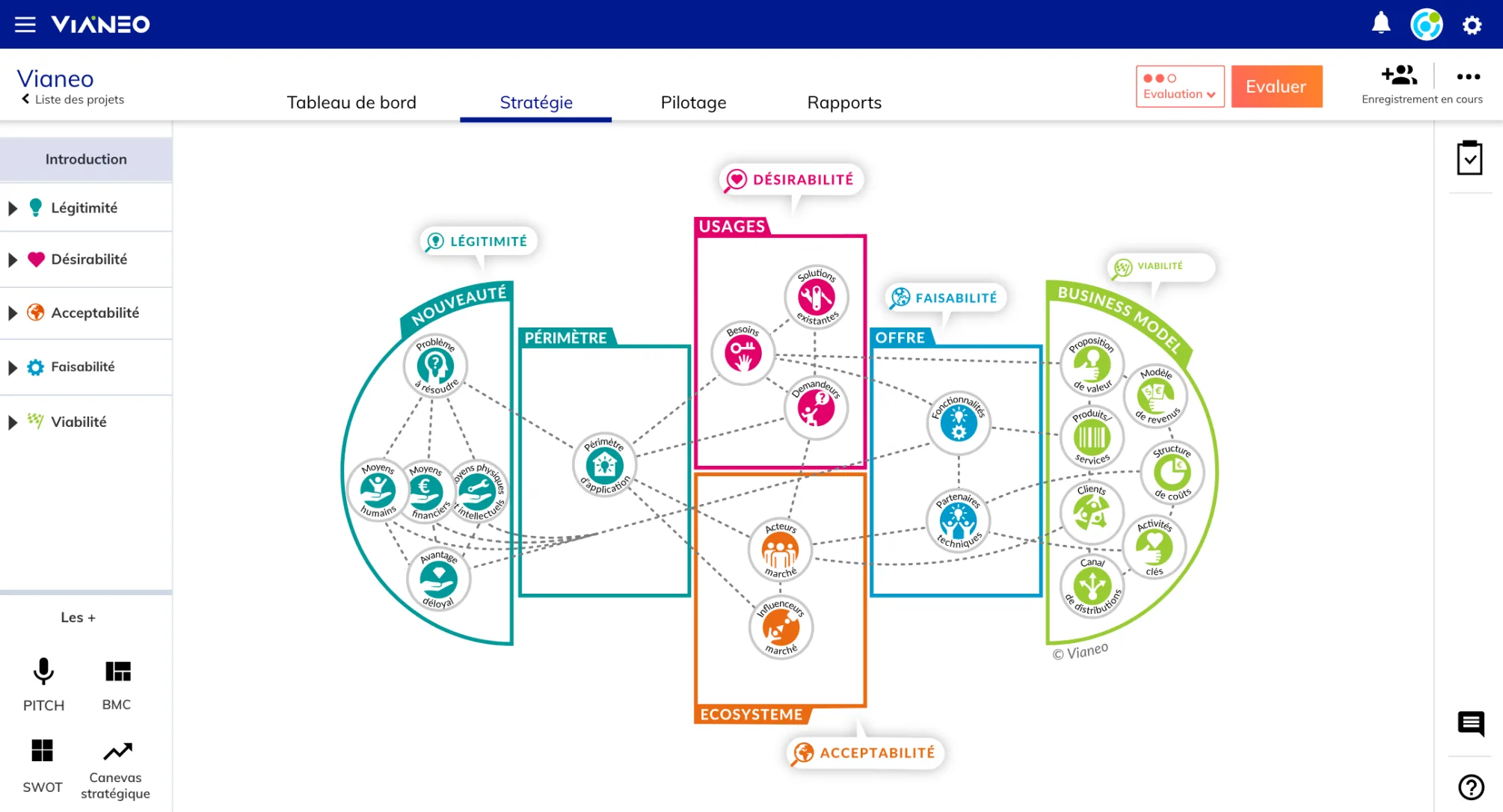By Olivier Eschapasse
Let us use the metaphor of the egg for innovation. If we consider the egg as a starting point to explore our potential markets, we can identify a small number of products that can be used in many ways: boiled, fried, in an omelette (with all the possible variations), or powdered, etc.
The business sector concerned is already wide and ranges from eating the egg to the entire value chain associated with its production, transformation and distribution. But once these highly competitive markets have been saturated, where will new growth come from? We have identified a potential new approach to resolve this problem.
IDENTIFY THE INTRINSIC RICHNESS WITHIN THE INNOVATION
Let us consider the egg as a finished assembly made up of 4 equally finished sub-assemblies: the shell, the yoke, the egg white and the membrane. These 4 elements make up the 4 ‘stem cells’ of egg innovation and will help us to create a whole world of products. Why stem cells? Because by starting from them and depending on the situation, we will be able to create many combinations, in the same way that a stem cell in our body is able to produce a tissue, an organ or something quite different.
The egg white has many uses: for example it can be whisked into stiff peaks (the entire pastry and emulsion industry makes use of this), it can be used to bind pigments, in conjunction with glue, or used ‘as is’ by the pharma industry.
The membrane is only interesting as the abundant and varied source of proteins: this stem cell is difficult to transform and has few uses but does have high added value. The same goes for the yoke and the shell. By analysing the most accessible and relevant components (Yoke, Egg white, Membrane and Shell), we can envisage a range of uses and therefore a very broad spectrum of growth possibilities compared with our initial approach (the egg). These basic components make up the innovation “stem cells” from which we will build relevant service offerings to meet the market access needs. The previously mentioned basic product, i.e., the whole egg, is finally just one of several potential products. It is already made up of 4 stem cells.
OPTING FOR EXPANSION OR SYMBIOSIS AS A STRATEGY?
All too often, traditional methods of defining access to the market of innovations adopt deterministic methods, making it impossible to identify and use all available possibilities. Too often, we start from a predefined service offering and then develop a strategy to launch it onto the market (expansion strategy). This approach reduces and even often hides the potential of using innovation. Furthermore… These service offerings are built from ‘initial ideas, which are often highly obvious’ while other, more innovative ideas might be found at the stem cell level (hence their name and the metaphor).
It is certainly one of the reasons why scientific research has found it so difficult to promote its innovations: it is too far removed from market reality. Consequently, its ability to imagine possible uses and therefore design creative and relevant products is limited.
That is why, in our approach, we have begun by ‘dismantling our startup’s innovation engine to identify the stem cells; we will then identify who might need all or part of them and in what combination. To meet the needs expressed by these ‘applicants’, we will help the innovator create (often unexpected) products that are certain to find markets because they meet the customer’s desire for a solution.
With Vianeo, evaluate, select and manage a portfolio of innovative projects

